Days are getting longer, temperatures are increasing and ice cream often comes to mind. There’s no doubt about it: Summer is coming! When the heat comes, many pet parents are haunted by doubt about whether or not to shave their pets. So read all about grooming and shaving off that extra fur, as we answer your most pressing questions on the subject:
Can all dogs be shaved?
The answer is no, not all dogs should be shaved. In particular, dogs with double coat, such as the Samoyed, Husky, Border Collie and German Shepherd breeds should not be shaved. In fact, you should avoid shaving any dog (regardless of breed) that has an undercoat. In order to understand why, it is important to understand the function of this type of coat. The double coat consists on 2 different layers of fur. This means that there is an inner layer or undercoat, of shorter and more condensed fur and a top layer or main coat of thinner/longer hairs. The combination of these 2 layers results in protection against the cold of winter. When summer arrives, the undercoat starts to fall. Afterwards, an empty space is left between the skin and the top coat, allowing for the air to circulate as if it were a natural air conditioning. This mechanism protects the dog against the heat during the summer.
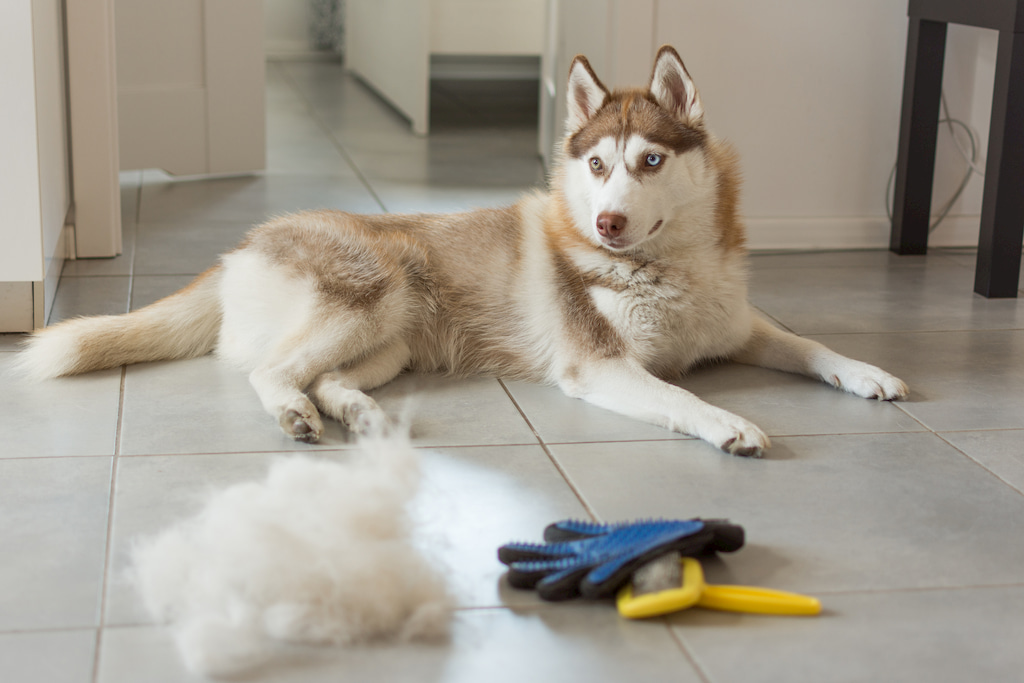 In addition, dog’s skin is more fragile and thinner than ours. Fur is a natural way of protection against UV radiation, sunburn and its associated risks, such as skin cancer.
In addition, dog’s skin is more fragile and thinner than ours. Fur is a natural way of protection against UV radiation, sunburn and its associated risks, such as skin cancer.
In short, shaving some dogs can lead to the loss of one of their cooling mechanisms. Besides, in most dogs, loss of the outer layer of fur can lead to skin burns and changes in the quality and texture of the hair. After shaving, some dogs’ fur might become thinner and ineffective in its function. In some cases, hair may even stop growing or change color. Shorthaired dogs should also avoid being shaved. These dogs only have a single layer of fur, so shaving it off increases the risk of sunburns.
How frequently should I shave my dog?
There is no established maximum frequency, even because the speed of hair growth varies between breeds and between dogs. If it were necessary to determine an average period, most experts would say about 2 months.
Still, it is advised that in the summer a 2 cm thick layer of fur should be left behind to protect the skin from exaggerated sun exposure.
Aesthetic Reasons to shave my dog
Dog grooming may aim at improving the animal’s appearance so as to meet the wishes of its owners, improving some imperfection or meeting the breed’s standard. There are many styles when it comes to pet grooming, two great examples of these are:
• The puppy cut – much used in the Yorkshire breed, which is done so that the dog resembles its younger version;
• The lion cut – widely used in the Portuguese Water Dog breed, for example, where the hair is mainly trimmed at the rear, in order to facilitate its swimming.
Apart from these, there are several breeds that use shaving as a tool to achieve certain aesthetic standards, such as the Poodle, Shih Tzu, Fox Terrier, amongst others.
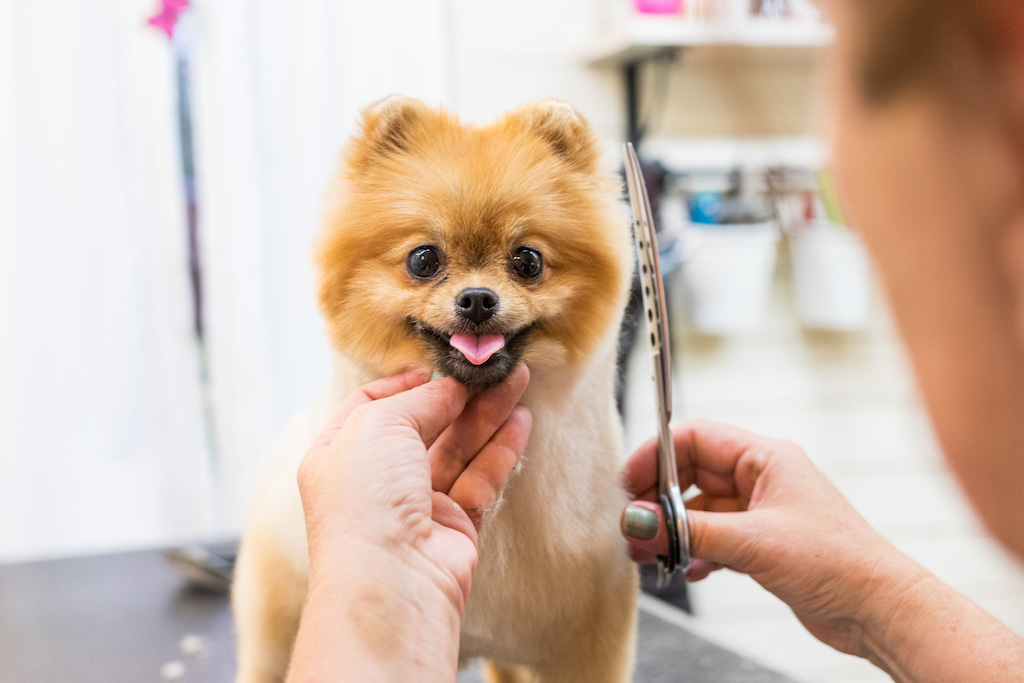 Hygienic reasons to shave my dog
Hygienic reasons to shave my dog
“Hygienic” trims can be made to remove the dead hair that accumulates in between of the coat. Removing this dead hair contributes to the health and well-being of the animals since it allows the air to circulate, as previously mentioned. In addition, under conditions of high humidity (eg. a dog that swims frequently) the presence of dead hair can serve as a substrate for the growth of unwanted microorganisms.
Animals with a lot of fur at the base of the tail and areas likely to get soiled with urine or faeces may also require a localised trim. This will prevent the hair from being constantly dirty or matted, keeping their privates clean.
Often, partial trims are also done in the context of medical and veterinary activities. For example, in order to place a catheter or to perform surgeries, the pet’s fur has to be sheared in order to guarantee proper skin sterilisation and to avoid infections.
Health reasons to shave my dog
Certain health situations benefit from trimming the dog’s fur. Some examples:
• Wounds or skin infections – shaving allows for better cleaning and control of these infections, preventing contamination and reducing heat around the infected areas.
• Large infestations by external parasites – shaving can help in visualising the parasites that are hidden under the fur and allow for better cleaning also. Bare in mind, trimming fur by itself does not eliminate external parasites such as ticks and fleas. An adequate external parasite treatment should accompany the trim.
• Matted fur – in pets with long or curly fur this can happen quite often. Entangled hair is extremely painful when pulled and is also an ideal hiding place for the growth of fungi and other microorganisms. Shaving the entangled fur off and brushing regularly as soon as the new fur begins to grow is the best solution.
Does trimming prevent hair loss?
Many owners, when confronted with the fur-changing seasons, resort to trimming in an attempt to control the hair loss. But is this the solution? Shaving does not prevent the natural loss of dead fur, however it shortens its length. Therefore, you’ll have the same amount of hairs scattered around the house, but it will seem less because they are shorter.
The most effective solution to reduce dead and falling hairs is to provide an adequate diet (rich in essential fatty acids, as well as other important nutrients for the skin) and daily brushing with a dead-hair removal brush.
Caring for my dog after shaving
Some of the precautions include avoiding sun exposure in hot weather, not allowing access to bushes or thistles, and places likely to cause skin abrasions or inflamation, as well as closely monitoring the condition of your pet’s skin. This will allow for early detection of inflammation of the skin and act on it quickly to lessen the discomfort and prevent. Some owners ask if human sunscreen is adequate for their pets. If it’s hypoallergenic and doesn’t contain perfumes, there will be no harm. The downside is all dogs will lick each and every cream we decide to use on them.
What about cats? Can they also be trimmed?
Cats are very good at controlling their own temperature. Not only do they have great mobility and consequent ability to find suitable (and fresh) locations that better suit their needs, but also because they are smaller. The relationship between their body mass and their exposed body surface area makes it easier for them to regulate internal temperatures. For this reason, cats have no real benefit in being trimmed, except for the hygienic and health reasons already spoken of earlier. On top of that, most cats will suffer immensely from stress during the process, so make sure to weigh the benefits before you get your cat trimmed.
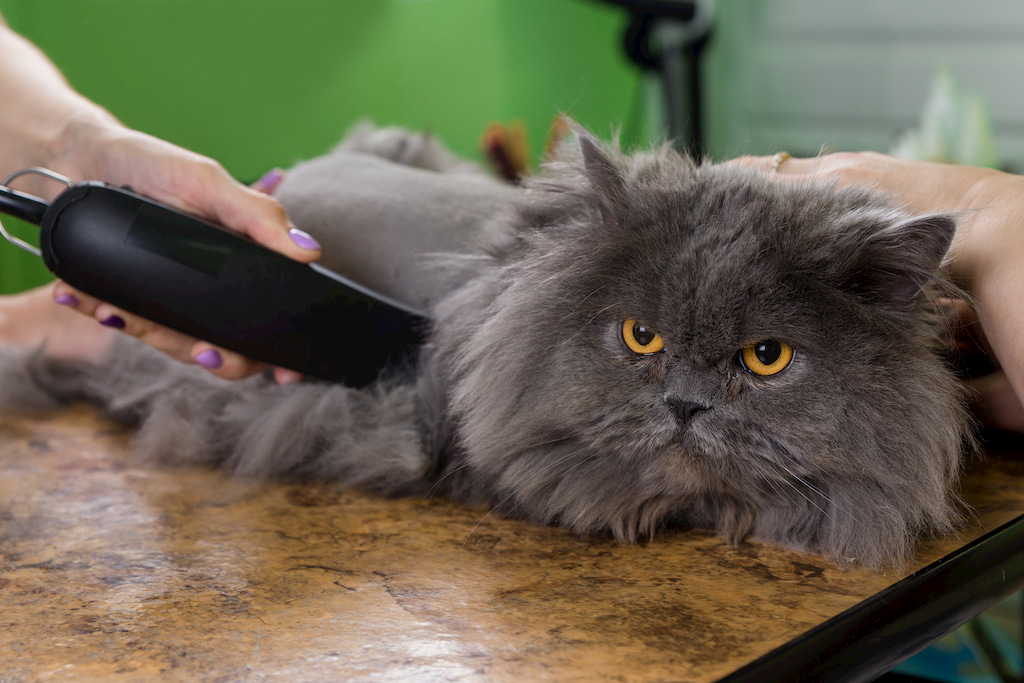
In conclusion, shaving your pet (or not) is a decision that should be well considered, in order to ensure the health and well-being of your pet. It is recommended that this be done by professional groomers. But before trimming your pet you should inquire with your veterinarian about the type of pet’s fur and the actual benefits that trimming will bring your pet specifically. It’s not all about “looking cute” for the summer. It’s about being cool…
Don’t forget to set and receive reminders for your next grooming appointment (or other pet event) on the Petable App. It’s free for iOS and Android!
10 Best Christmas gifts for your pet
Christmas is the most magical time of the year and finding the perfect gift for your four-legged family members will only make it even more special. Whether you’re shopping for
7 Myths and facts about cats – know the truth!
Cats are extraordinary animals whose abilities fascinate those who love them, but also cause mistrust and skepticism in those who fear them. Therefore, even today, they are still associated with
Top 10 Most Common Veterinary Emergencies in Pets
If you think your pet is sick, they probably are. Pets don't constantly play up to get attention, so if they're unwell, they show it. And despite getting help fast
Tips to take your pet to the vet
We all want our pets to grow up happy and healthy, and to be with us for as long as possible! But for this to happen, visits to the vet
Brachycephalic Dogs – a breathtaking love affair
Brachycephalic dogs, with short skulls and flat faces, have been gathering fans all over the world, mainly because of their gentle character and cute appearance. These breeds have risen in
Keep Your Pet Safe From The Heat
Global warming has us collectively worrying about our planet's future. Additionally, the fact that temperatures are rising has many effects on our daily lives. Everyone enjoys a sunny day but too much
Tips for traveling with your pet
Summer is here! And we all know what that means... Vacations! Long and sunny days of peace and rest, including endless fun and companionship, together with family and friends. So
How to walk my dog on a leash?
There’s no feeling like taking our dog out to discover the world - new friends, different smells, some challenges, and lots of adventures. But there’s so much more to going
Vaccination in dogs – what do I need to know?
There is SO much information on canine vaccination out there. But some of it might be more confusing than informative. Do you think you know everything you need about vaccinating your dog?
What age to spay/neuter your cat and what you need to know
In a veterinary, there is probably no more common surgery than spaying a female cat or neutering a male. For many feline parents it is relatively easy to understand the
Processionary caterpillars: pests that really bug our pets!
Every year, between February and May, we are surrounded by warnings and alerts about the pine caterpillar, and the risk of its contact with humans and pets. However, for those
My pet is shedding fur like you wouldn’t believe
Hair loss is one of the most common complaints reported by families with pets. The "problem" of hair loss is very common, both in dogs as well as in cats.
Comments(1)
-
Pingback: How to care for your pet when it's cold - Petable
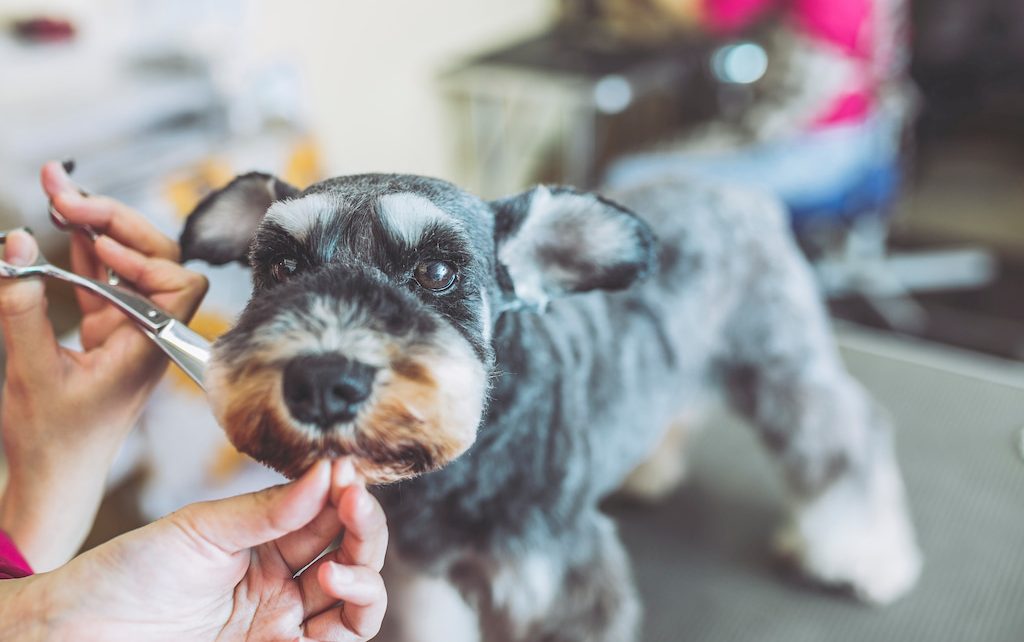

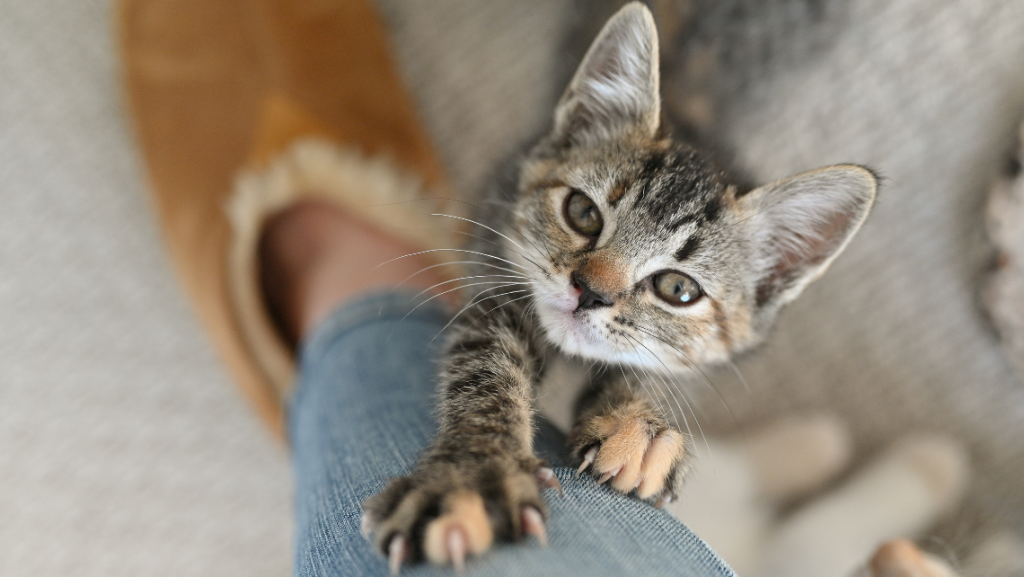



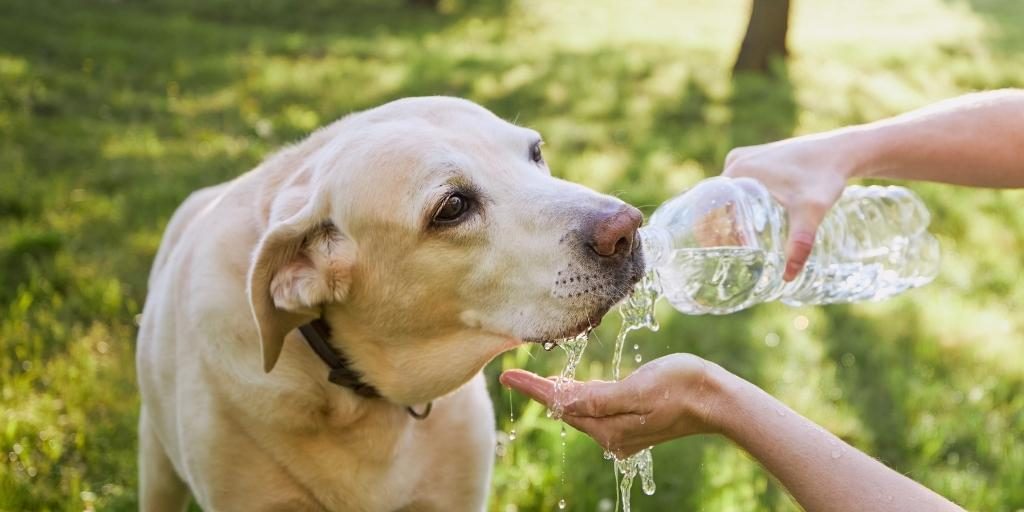


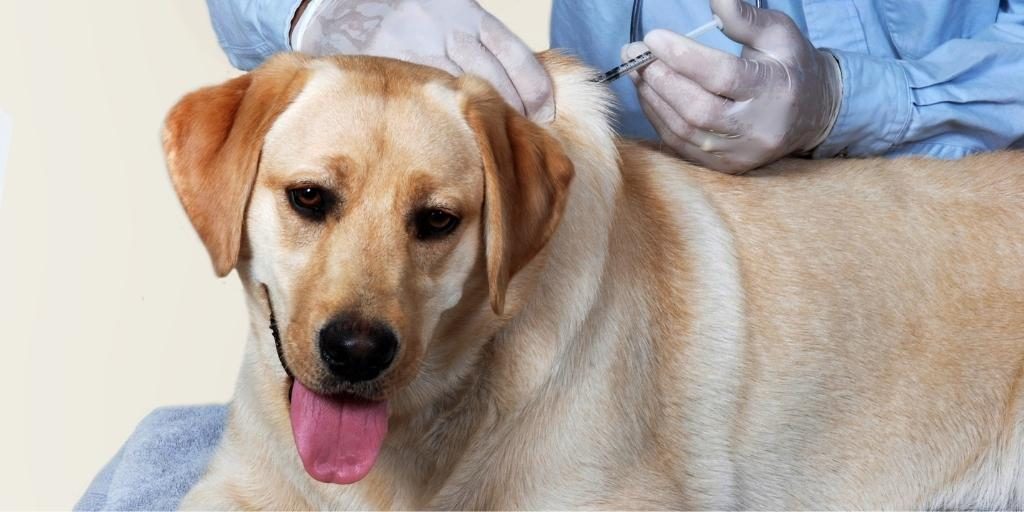


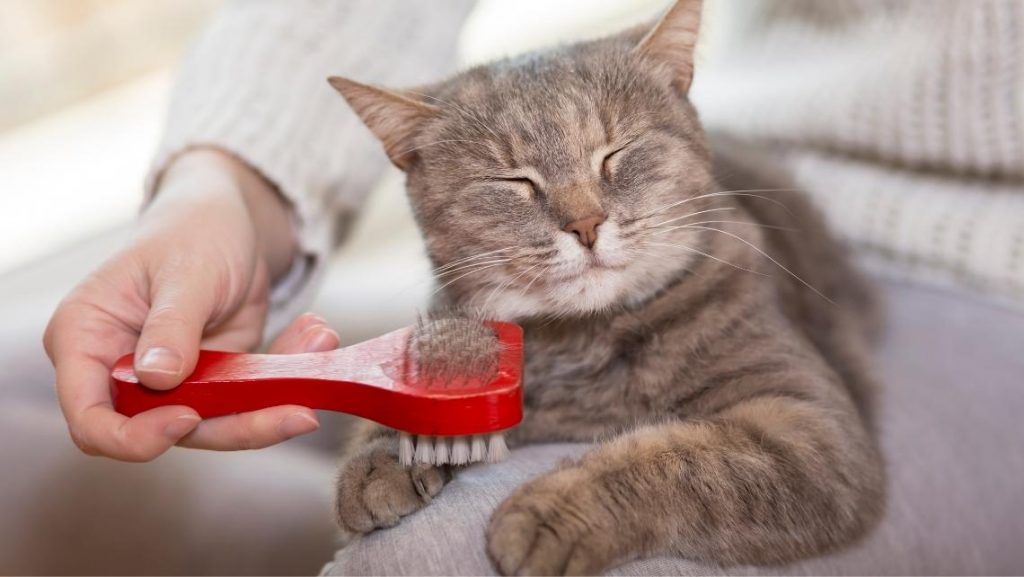
Leave a Comment